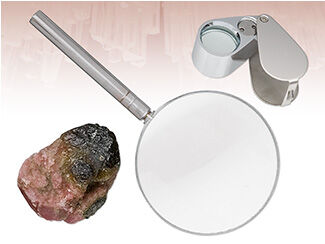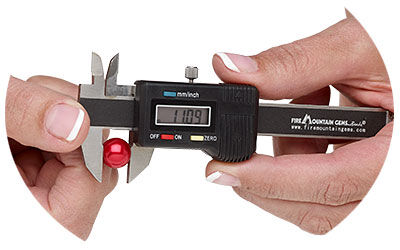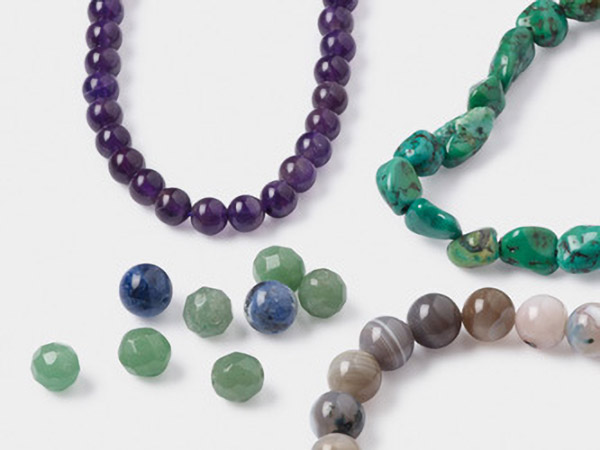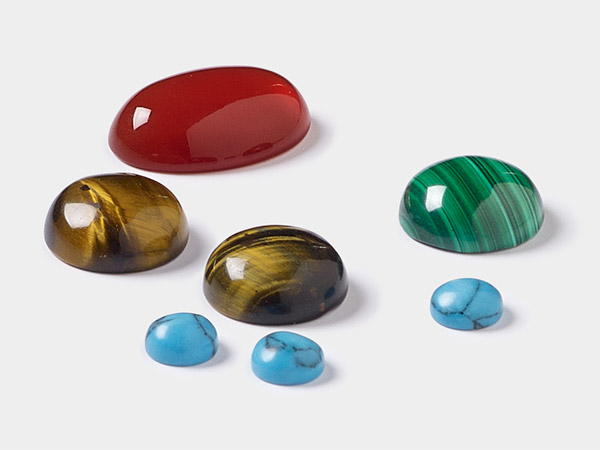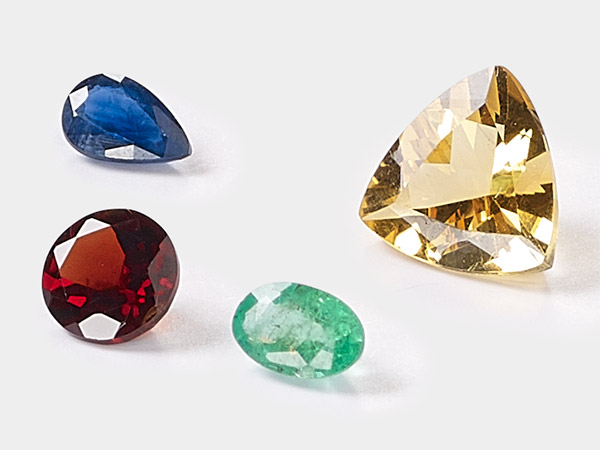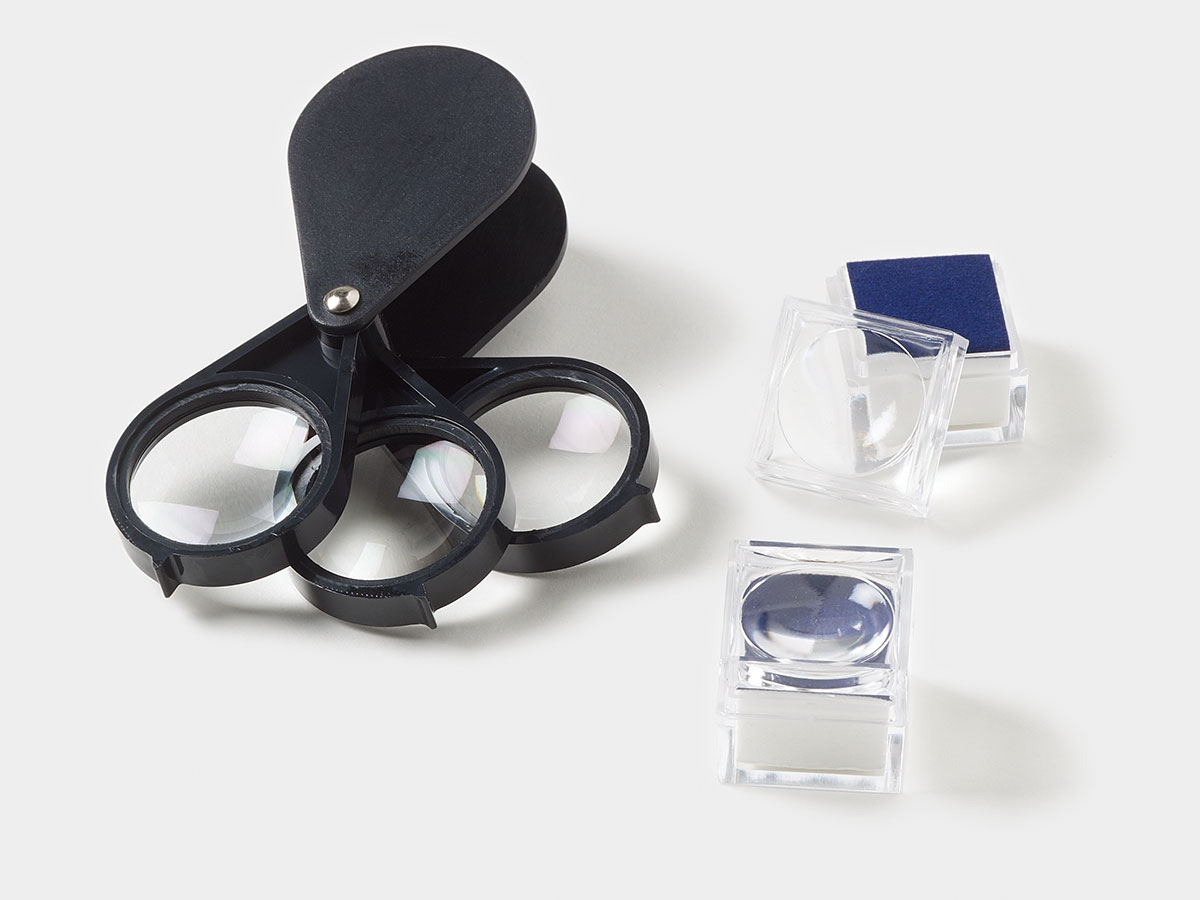Difference Between Geologist and Gemologist
Geologists and gemologists are professionals who have gone through extensive study in programs and courses to learn their skills and become accredited in their line of work.
Definition
- Geologist: formally educated scientist and expert in geology, the study of what the Earth (and other planetary bodies) is made of and how it was formed
- Gemologist: formally educated to be qualified to identify, study and evaluate gemstones as well as certain rocks, soft minerals and some organic materials
Education/Training
- Geologist: Coursework in physics, mathematics, and chemistry as well as with specialized geology courses and minerology, along with field study
- Gemologist: Certification program including minerology offered by professional schools and associations
The Gemological Institute of America (GIA) is THE training authority in the American jewelry industry. To earn a Graduate Gemologist degree from the GIA, you must complete and pass five course studies and three lab classes, and then pass a comprehensive final exam.
Focus of coursework
- Geologist: Many disciplines, including geophysics, geochemistry, hydrogeology, engineering geology and paleontology
- Gemologist: Concentration on learning analysis of gemstones
Tasks
- Geologist: Energy/Mining--searching for petroleum, natural gas, precious metals. Studying earthquakes, volcanoes, tsunamis, landslides, etc. Planetary geology--using remote telemetry to control sampling and analysis of planetary bodies.
- Gemologist: Identification by refractive index, specific gravity, spectroscopy and inclusions
Tools used
Geologists use a variety of tools for field work, including a rock hammer, hand lens, notebooks/clipboard, pencil magnet, small acid bottle, retractable knife or Mohs hardness testing kit, scales, compass and GPS.
Some of the tools used by gemologists include:
- Specific Gravity Testing Liquids: A set of five jars, each containing a standardized liquid at a specific density greater than water. A stone will sink or float when dropped into the liquid. This determines its density and is used to identify the difference between identically colored rubies and garnets.
- Mohs Hardness Points: A set of four double-ended rods with hardness testing points used in scratch tests. Each point equates to the Mohs hardness scale and can identify any material harder than talc and softer than diamond.
- Ultraviolet (UV) Light: Commonly used in a booth or box, UV light causes fluorescence in gemstones such as natural opals, rubies and some diamonds.
- Stereo Microscope: The microscope is used for viewing gemstones at higher magnifications than available with a loupe. This allows the gemologist to check a stone for inclusions that will mark it as a natural material.
- Geiger Counter: Stones such as smoky quartz, lemon smoky quartz and blue topaz are frequently treated with neutron radiation. All shipments of those gems are tested with a Geiger counter so there is no danger of radiation to employees or customers.
- Digital Calipers: Digital calipers allow gemologists to estimate the carat weight of gemstones, especially when they are already set in jewelry. Cabochons and faceted stones can also be measured to ensure they can fit within calibrated settings or mountings.
- Gemological Institute of America (GIA) Stone Identification Charts: These two charts are available only to GIA students and list the identifying characteristics of many gemstone materials.
- The American Gem Trade Association (AGTA) Gemstone Treatment Guide: This guide indicates the types of treatment a gemstone material may receive. Customers will find the stone treatment (if any) in Fire Mountain's advertising and invoices. Fire Mountain Gems and Beads strongly suggests that our customers follow these guidelines as well when selling gemstones and jewelry, for the benefit of their businesses and their customers.
Materials that are new to the market or require an objective evaluation (such as chalk turquoise) can also be sent to independent GIA labs for thorough identification. Here at Fire Mountain Gems and Beads, we're committed to maintaining our reputation for honesty, which is why our in-house gemologists work hard to ensure that the gemstones you receive are the gemstones you paid for.
Shop for Your Materials Here:
How did you like this resource? Your feedback helps us provide resources that matter to you most.
Copyright Permissions
All works of authorship (articles, videos, tutorials and other creative works) are from the Fire Mountain Gems and Beads® Collection, and permission to copy is granted for non-commercial educational purposes only. All other reproduction requires written permission. For more information, please email copyrightpermission@firemtn.com.
